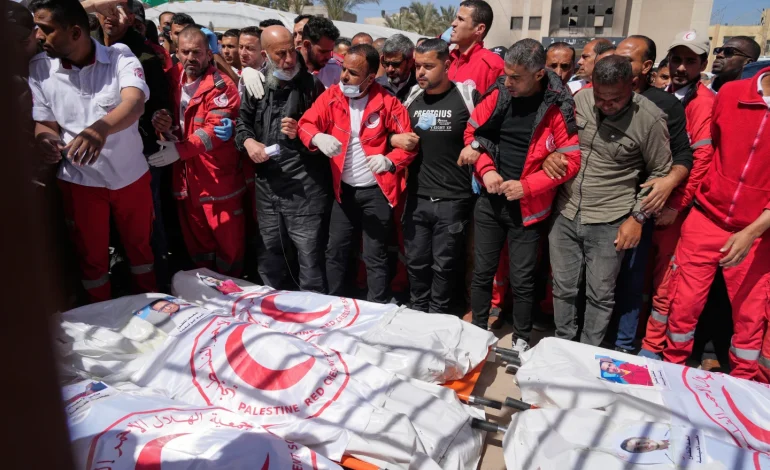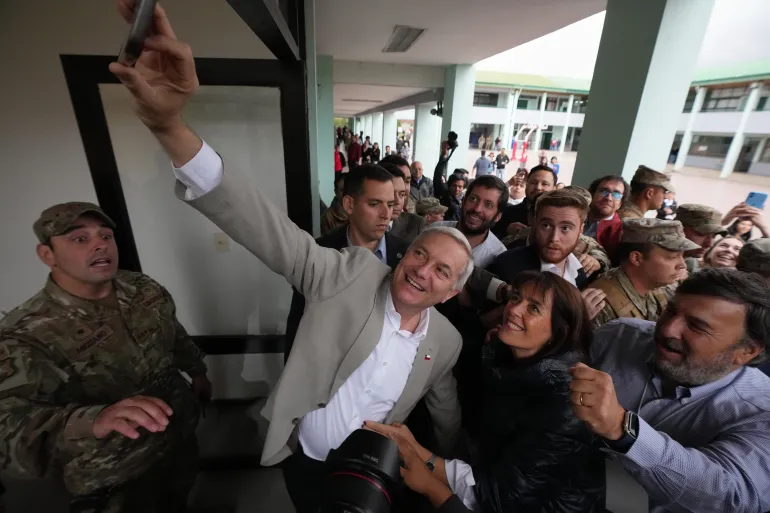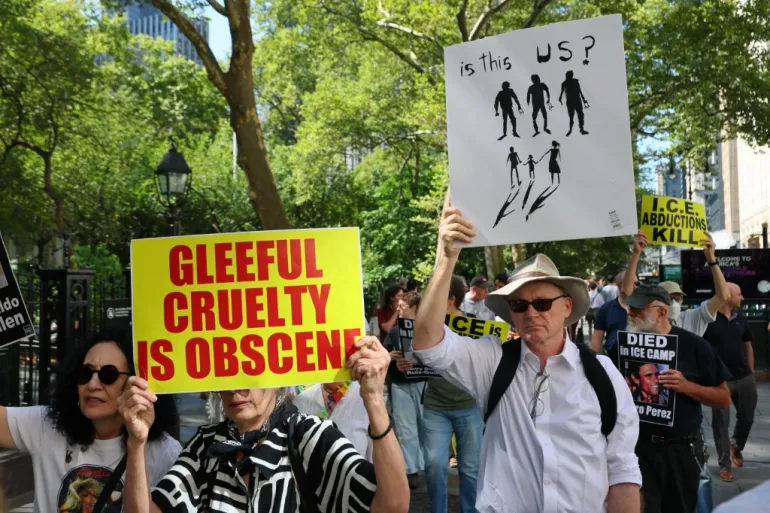Israeli Probe into Gaza Medics’ Killings Finds “Professional Failures,” Deputy Commander Fired

An Israeli military investigation into the deaths of 15 Palestinian medics killed by Israeli forces last month in Gaza has revealed a chain of “professional failures,” resulting in the dismissal of a deputy commander, The AP reports.
The incident, which drew international condemnation and accusations of war crimes due to the special protection afforded to medical workers under international humanitarian law, prompted the investigation. This comes as the United Nations reports that over 150 emergency responders from the Red Crescent and Civil Defense, the majority while on duty, and over 1,000 health workers have been killed by Israeli strikes during the ongoing war in Gaza.
The International Red Cross/Red Crescent previously called the medics’ incident the deadliest attack on its personnel in eight years. The UN reports the Israeli military rarely investigates these incidents, raising concerns about accountability.
Initially, Israel claimed the medics’ vehicles lacked emergency signals. However, cellphone video recovered from one medic contradicted this account, showing ambulances with flashing lights and visible logos approaching the scene to assist another ambulance previously targeted.
The military investigation concluded that the deputy battalion commander incorrectly assumed all ambulances belonged to Hamas militants. Operating under “poor night visibility,” the deputy commander reportedly believed his troops were under threat as the ambulances approached and medics exited to assist victims. The military stated that flashing lights were less visible on night-vision drones and goggles.
The ambulances immediately came under heavy gunfire for over five minutes. Soldiers subsequently opened fire on a U.N. vehicle that stopped at the scene.
Eight Red Crescent personnel, six Civil Defense workers, and a U.N. staffer were killed in the pre-dawn March 23 shooting in Tel al-Sultan, Rafah. Troops then bulldozed the bodies and mangled vehicles, burying them in a mass grave. U.N. and rescue workers only gained access to the site a week later.
The Israeli military claimed the burials were done to prevent scavenging animals from disturbing the bodies until they could be collected and that the ambulances were moved to clear a route for civilian evacuations. The investigation acknowledged the decision to crush the ambulances was wrong but denied any attempt to conceal the shootings.
Maj. Gen. Yoav Har-Even, who oversaw the investigation, stated the military notified international organizations later that day and assisted in locating the bodies. The head of the Palestinian Red Crescent Society asserted the medics were “targeted at close range.”
While the military’s investigation attributed the paramedics’ deaths to an “operational misunderstanding,” Hamas has repeatedly been accused by Israel of utilizing ambulances, emergency vehicles, hospitals, and other civilian infrastructure for military purposes, though medical personnel largely deny these accusations.
Har-Even emphasized that no paramedic was armed, and no weapons were found in any vehicle. The deputy commander was fired for providing an “not completely accurate” report to investigators regarding the firing on the U.N. vehicle. The UN reports the Israeli military rarely investigates such incidents, raising concerns about accountability.
The military’s statement concluded by expressing regret for “the harm caused to uninvolved civilians.” The findings have been submitted to the Military Advocate General, an ostensibly independent body that oversees the military’s legal actions. There are currently no outside investigations of the killings underway. Israel’s offensive has since killed over 51,000 Palestinians, mostly women and children, according to Gaza’s Health Ministry, which does not distinguish between civilians and combatants.









The latest news in your social feeds
Subscribe to our social media platforms to stay tuned